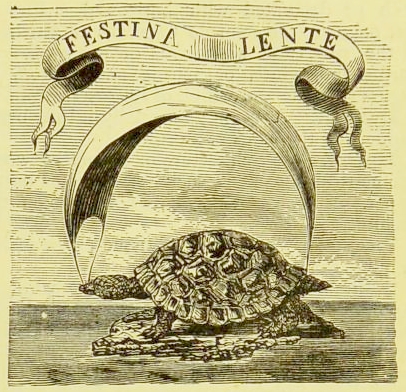Lezioni americane - I. Calvino
Posted
I’ve been experimenting with word2vec and NLP, which I think plays well with the thematics Oulipo dealt with - except they didn’t have the kind of technological tools we have today. An AI still cannot write a good book, but it can quickly provide synonyms of a word under an arbitrary constraint - you don’t really need an AI for that - or even periphrases - and this is something that wasn’t possible before.
The thing I’ve been frustrated about is that I keep reading about what people thought in the ’60s, ’70s, ’80s, but I don’t know what happened since then. I guess the relevant ideas haven’t solidified yet and the irrelevant ones haven’t evaporated. The content of Lezioni americane is the transcipt of a series of lectures Calvino should have given about the future of literature (broadly speaking), except he unexpectedly died before being able to. But the transcripts remained!
I haven’t found what I was looking for, I was hoping to have something like the great master announcing which themes from his point of view were still open and worth researching, but the lectures are quite more vague than that.
The five themes for the new millennium are: Leggerezza, Rapidità, Esattezza, Visibilità e Molteplicità.
Rapidità contains in its first page a story about Charlemagne, where he falls madly in love with a girl, then - after she dies - with her corpse, then a ring is discovered under the deceased girl’s tongue and a man takes it, and Charlemagne falls in love with the man, then the ring gets thrown in a lake and Charlemagne spends the rest of his life around the lake. This ringed a Jungian bell, since the circle is a symbol for the self, and it seems like Calvino courted the theme without really entering it: he first talks about symbolism in general and towards the end of the lecture, far away from Charlemagne, mentions a book about the interpreation of tarots following the collective unconscious. It might be a good read!
Ho anche imparato il motto latino “Festina lente”:

It’s one of those oxymorical sentences, very practical because they’re contradictory, so you can have them mean whatever you like and pretend you’re following the advice of some wise Roman emperor or something.
What I take away from it is more or less the principle della “foresta dei bastoni volanti”, or whatever pompous name it had, an exercise proposed by a dojo during my Bachelor’s which went like this: of the 2x + 1 participants of the dojo, 2x create a tunnel by creating x couples and standing one in front of the other, with each couple next to one another forming a straight line; each couple has a large stick, and space between them just a bit larger di quello necessario per farci passare una persona. For the exercise, the couples start exchanging between themselves the stick, having care to pass it orthogonal to the ground/parallel to their bodies, with a rhytm that should stay constant during the exercise but can otherwise be selected individually by each couple; the 1 person left out stands at the beginning of the tunnel and sees in front of him these sticks going back and forth ad altezza d’uomo and, as mentioned, orthogonally to the ground.
The exercise is now to through the tunnel as fast as possible AND without ever stopping or changing pace abruptly. This means that you need to move harmoniously and take into account the different rhythms to flow through the tunnel. This is what I understand under festina lente - you ponder, take everything into account, but move, move, move! It is so important to move, it is so important not be stuck and overoptimizing, it is so important to just flow. I usually end up having die Nase voll of all the thinking and just doing something for the sake of doing it - then I get the stick right in my face but at least there’s something happening. But the ideal is of course festina lente; but how do you get there?